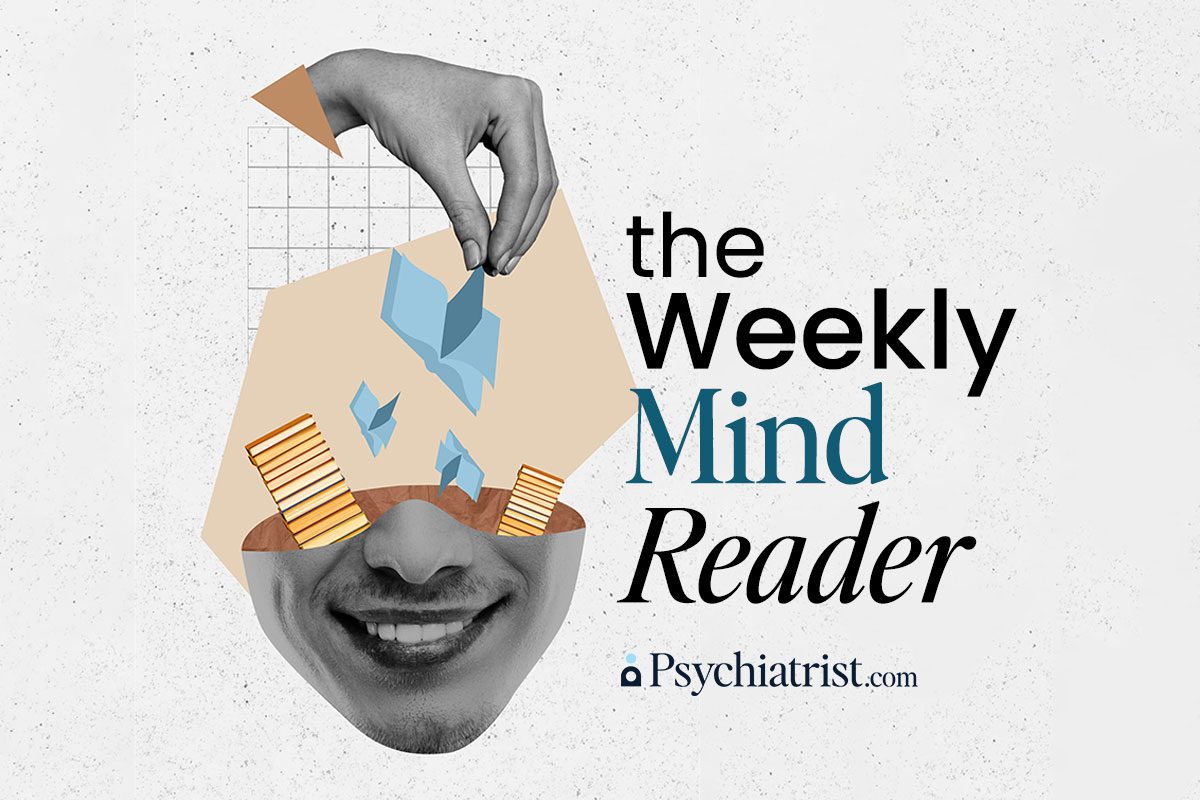Attention-deficit/hyperactivity disorder (ADHD) doesn’t magically disappear on someone’s eighteen birthday. Many patients continue to display ADHD impairment into adulthood.
British researchers wanted to understand the range of adverse effects ADHD has beyond childhood. so they reviewed the outcomes of more than 6,400 25-year-olds with ADHD over a year-long period. Here are five important findings from their The Journal of Clinical Psychiatry report.
- Worldwide prevalence of adult ADHD is about 2.8 percent, according to the World Health Organization. In the US, estimates put the number somewhere between 2.5 and 4.4 percent. Men are diagnosed at a higher rate than women. But as ADHD influencer Dani Donovan pointed out in a recent Psychiatrist.com piece, it often takes women far longer to get a correct diagnosis and find the right medication.
You would not BELIEVE how many messages I get asking from women saying “I’m [age] and I’m pretty sure I have #ADHD. Is it still worth it to get diagnosed?”
YES X 1000
Learning that there’s a *reason* for your struggles matters.
Treatment helps at any age.#ADHDAwarenessMonth https://t.co/91x1wt8XNn pic.twitter.com/ULFgzf9CJT
— Dani Donovan 🎨 ADHD Comics (@danidonovan) October 11, 2020
- The majority of adult ADHD patients experienced multiple adverse clinical outcomes including higher levels of depression, anxiety, substance misuse, and self-harm compared to their peers without ADHD. These adversities often carry a great personal, familial, and societal cost, the researchers noted.
I have been to three different psychiatrists who have refused to treat my ADHD "until my depression is managed" and even though my ADHD and depression are, in fact, separate, I'm still so frustrated, because how many women are going to them and not getting what they need?
— el call (@uniquely_el) April 2, 2022
- ADHD that persisted into young adulthood was also associated with multiple negative social outcomes including lower levels of emotional support and higher levels of “not in education, employment, or training”, or NEET for short. This pattern held regardless of sex, family of origin, and income level, and even when childhood comorbidities, young-adult emotional problems, and ADHD medication use were excluded.
An ADHD diagnosis is significantly associated with fewer family members in a social network, a lower number of family members seen weekly and a higher level of emotional loneliness.#ADHDpodcast #adhdtwitter #Neurodivergent #AdultADHD #TheADHDAdults #ADHDUK #ADD #Neurodiversity
— TheADHDadults (@TheADHDadults) December 9, 2022
- Severity of symptoms made a difference.The researchers linked persistent ADHD to a greater chance of multiple negative social outcomes compared to less severe ADHD. The odds of having multiple negative outcomes for those with persistent ADHD were two times higher than those with low symptoms. Additionally, 30 percent of individuals with persistent ADHD had at least one negative outcome such as unemployment or homelessness. One in four had multiple issues.
Lamentably, untreated and undiagnosed Adult ADHD leads to poor relationships, divorce, car accidents, unemployment, bankruptcy, addiction, STD, obesity, substance abuse, anxiety, depression, incarceration, and suicidal ideation. #adultadhd #adhd #adhdlife
— Toronto Adult ADHD Support Group & ADHD Toronto (@AdultADHD416) December 16, 2020
- Antisocial behavior was common in adults with ADHD too, the researchers noted. One meta-analysis they mentioned estimated a 5-fold higher prevalence of people with ADHD detained in youth prison populations (30.1 percent) and 10-fold in adult prison populations (26.2 percent) across a number of countries, compared to others of the same age.
https://twitter.com/sciberras_emma/status/1451693577541586944




